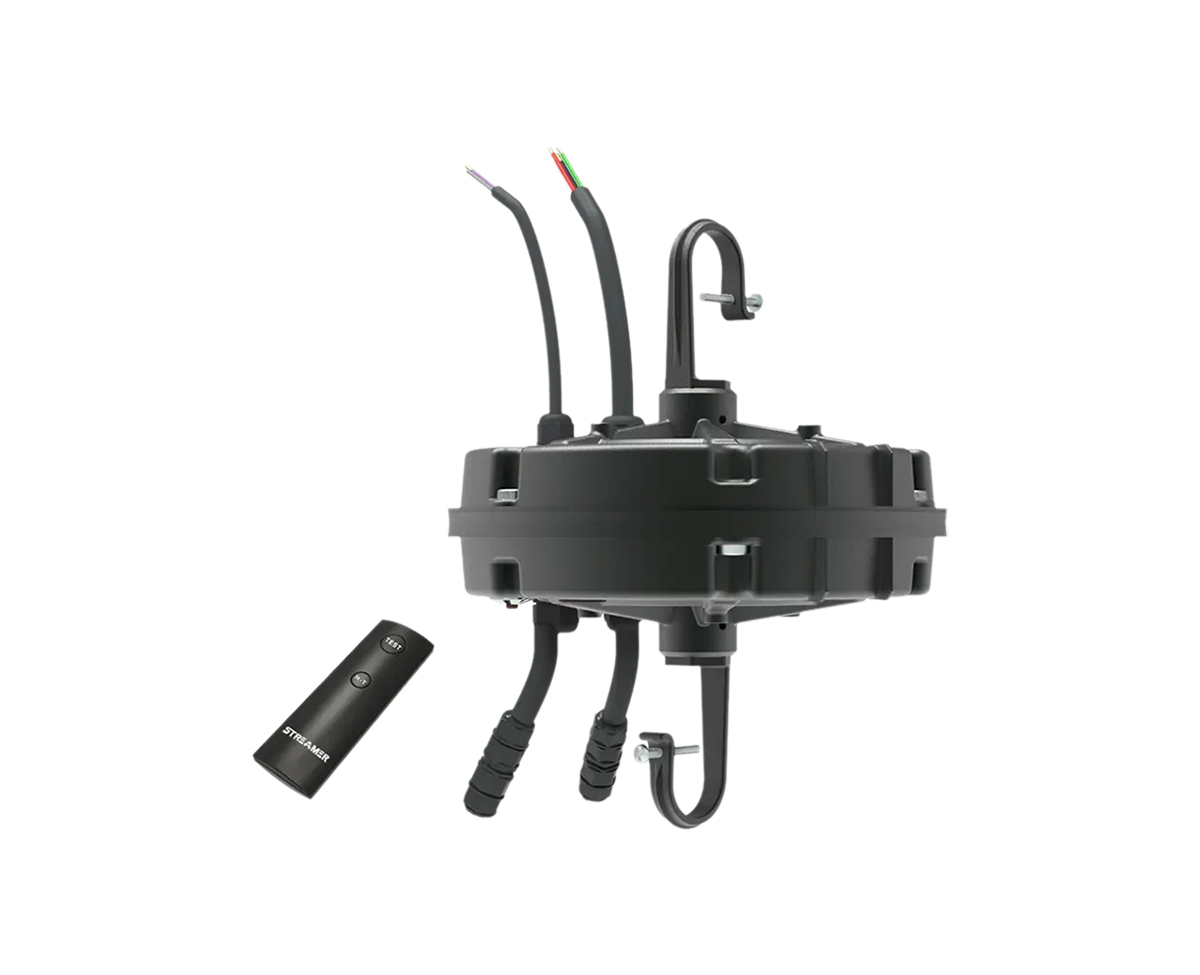 1
1
 Mar 03, 2025
Mar 03, 2025

Proper wiring of an LED light driver is essential for the safe and efficient operation of the LED lighting system.
Before Wiring
Before starting the wiring process, it is crucial to turn off the power supply to avoid the risk of electric shock. Familiarize yourself with the components of the LED lighting system, including the driver, LEDs, and any additional accessories. Check the specifications of the driver and the LEDs to ensure compatibility. For example, make sure that the output voltage and current of the driver match the requirements of the LEDs.
Wiring Steps for a Constant Current Driver
1. Connect the Input Power
Locate the input terminals on the LED driver. These are usually marked as "AC Input" or something similar. For a standard household electrical supply, the live (hot) wire, typically colored black in the United States or brown in Europe, is connected to the terminal marked "L" on the driver. The neutral wire, colored white in the US or blue in Europe, is connected to the terminal marked "N". In some cases, there may also be a ground terminal, which should be connected to the ground wire (green or green yellow in most regions) for safety purposes. Make sure to use appropriate wire nuts or connectors to secure the connections and ensure a tight fit.
2. Connect the Output to the LEDs
Identify the output terminals of the driver. For a constant current driver, these are often marked as "+" (positive) and "" (negative). The positive output terminal of the driver is connected to the anode of the LED (or the positive terminal of an LED strip or array). The negative output terminal of the driver is connected to the cathode of the LED. If you are connecting multiple LEDs in series, connect the anode of the first LED to the positive output of the driver, then connect the cathode of the first LED to the anode of the second LED, and so on. The cathode of the last LED in the series is connected to the negative output of the driver.
If the LEDs are connected in parallel, connect the anodes of all the LEDs together and then to the positive output of the driver. Similarly, connect the cathodes of all the LEDs together and then to the negative output of the driver. When connecting LED strips, carefully follow the markings on the strip to ensure correct polarity.
3. Optional Components
Some LED lighting systems may include additional components such as resistors, capacitors, or diodes. Resistors may be used to limit the current in the circuit further if needed. Capacitors can be used for filtering out electrical noise. Diodes can be used for protection against reverse voltage. Connect these components according to the circuit diagram or the manufacturer's instructions. For example, if a resistor is used to limit the current in a series connected LED circuit, it is placed in series with the LEDs, usually between the positive output of the driver and the anode of the first LED.
Final Checks
After completing the wiring, double check all the connections to ensure that they are secure and properly made. There should be no loose wires or exposed conductors. Once you are confident in the wiring, turn on the power supply and observe the operation of the LEDs. If the LEDs do not light up or if there are any abnormal behaviors such as flickering or over brightness, turn off the power immediately and re check the wiring and the components for any mistakes or malfunctions.